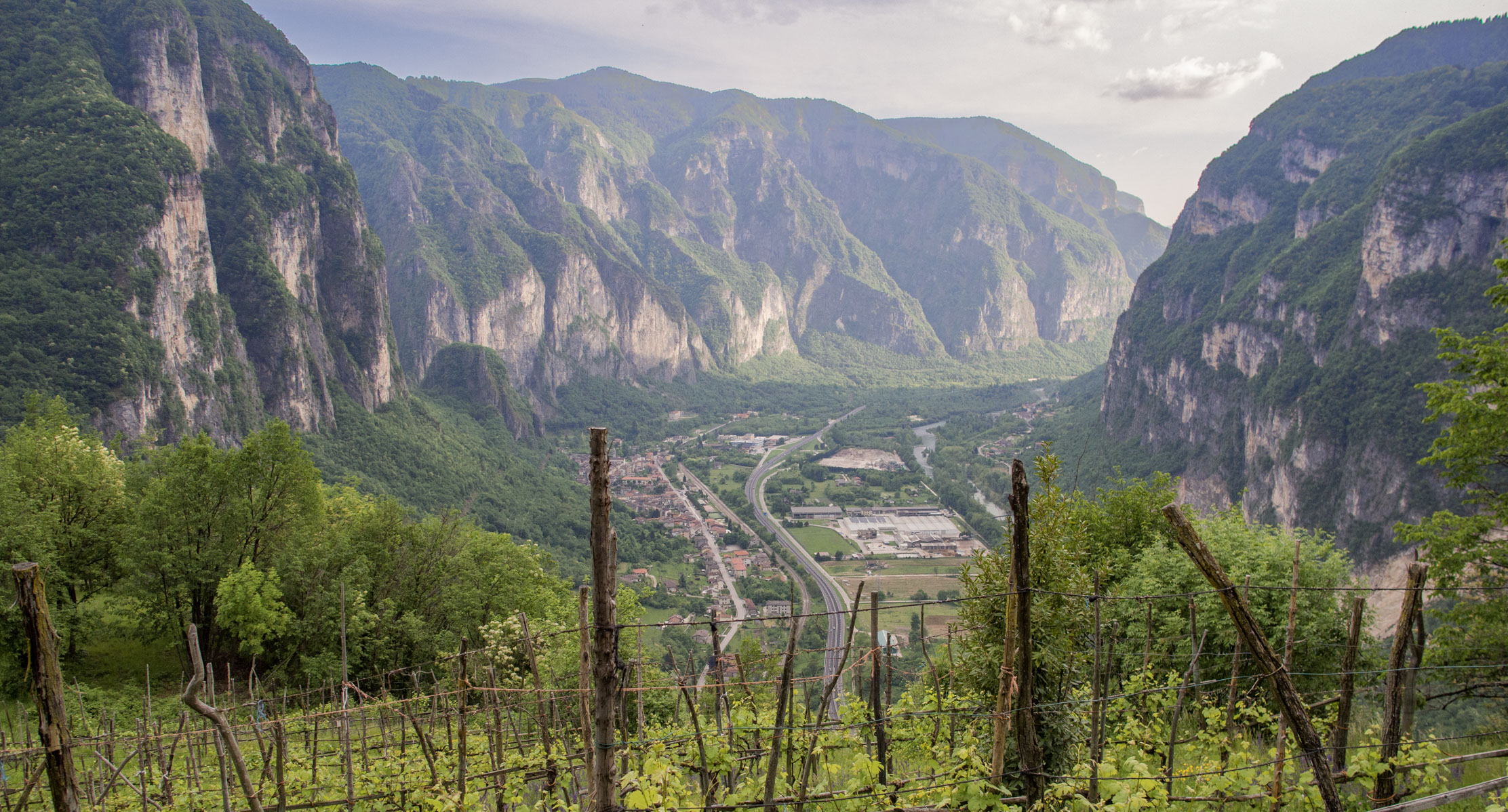The History of Incino
The Beginning

Around 120,000 years ago the Quaternary glaciation of Würm occurred, with the glaciers moving very slowly, several millimeters per day, and infiltrating our territory until they reached a height of 600 meters (roughly as high as Prai). From this sea of ice some mountaintops emerged: Cima Campo and the Col del Gallo. The glaciers eroded the gorge that separates Incino from Corlo as they separated Monte Grappa from the Asiago Plateau—which until then had been a single block.
Around 15,000 years ago, as the glaciers withdrew, the first men entered our territory from the Pò River Valley and started climbing the mountains, taking advantage of the palpable improvement in climate. The first route of entry was certainly the Adige River Valley: Trento, Castel Tesino, Col Perer, and Mellame—bypassing the Brenta River Valley, which would be impassable until the Middle Ages, and the Feltrino as well, since the area around Culliada and the Fonzaso Plain was marshy and may have been a lake.
The first men were hunters and remained practically undisturbed for millennia. Their only enemy was the cave bear, the peerless master of the woods who covered the region unrivaled by any other animal. One bear skeleton was found forty years ago in San Donato and displayed in the town hall in Lamon. Another emerged in Arsiè during construction on the hydroelectric plant but the bones went missing.
And Incino? It, too, witnessed the passing of the glaciers—we know this from one “erratic boulder,” a block of granite that has no relation to our local geology. This boulder is found in the Valle di Appolina, about 3 meters high and 2 meters in diameter, picked up who knows where, transported for millennia by the glacier that melted and deposited it where it still remains, forgotten, but there it is.
To understand the origins of Incino, we need to examine the nearby territory of Cismon: In around 100 BC, the Romans conquered the Brenta River Valley (then called Medeacus). Little is known about the Veneti, Cimbri, Reti, Etruscans, and other populations who lived in our mountains, farming sheep, hunting, and tilling the fallow soil. The area now occupied by Cismon was a gigantic swamp—the Brenta and Cismon Rivers had much different courses than they do now (the Cismon’s valley was there, but not the river itself), and the plain of Cismon del Grappa was a bare expanse of stones and gravel.
In 49 BC Caesar extended Roman citizenship to these populations. The Romans occupied the area now called Rochetta and built a stronghold. In addition to the ruins of walls, in the Civic Museum in Bassano there are bronzes of Mercury and Hercules that were found during the 1884 construction of Fort Tombion.
Feltre: The Romans arrived around 172 BC but only truly conquered the territory between 110 and 30 BC. Arsiè was a part of the municipium of Feltre, which stretched to the confluence of the Cismon gorge and the Brenta River.
As for Incino, Corlo, and Carazzagno, they were already inhabited by a core of non-agrarian hunters. There were a few shacks and a handful of residents. The one advantage these places had was their elevated terrain, which provided shelter from the tempestuousness of the Cismon.
Little is known about Incino in this period, but the discovery of some Roman coins in Somanzin after the war suggests that if it was not actually inhabited, Incino would have been at least a place of transit.
Incidentally, the Cismon–Incino Road, before it was rebuilt along the Pala della Renga in 1914, originally passed through Rigoti and was known as “Via Longa” in Roman times, a title that was preserved until the early 20th Century. Additionally, the name Somanzin is understood as “Above Incino” and suggests that a group of squalid dwellings could be found where there is now a shrine. It would also explain the subsequent term Pedancino, “at the foot of mount Incino.” Some scholars believe that the first residents of San Vito came from Incino and were part of the group of families stationed to guard the Roman road.